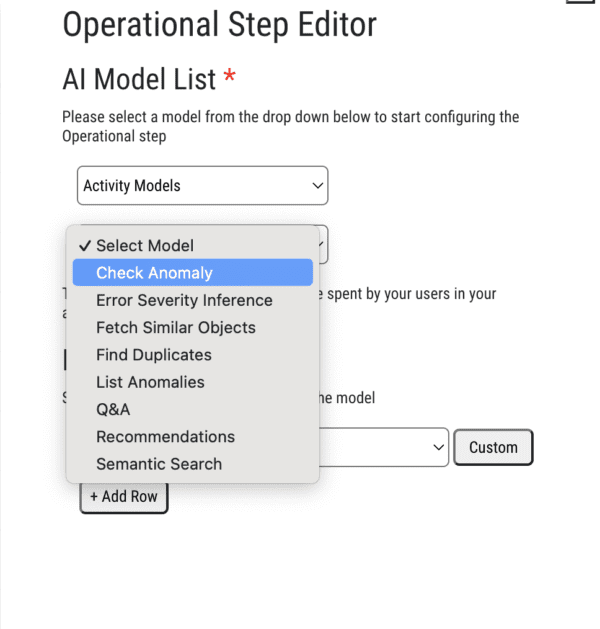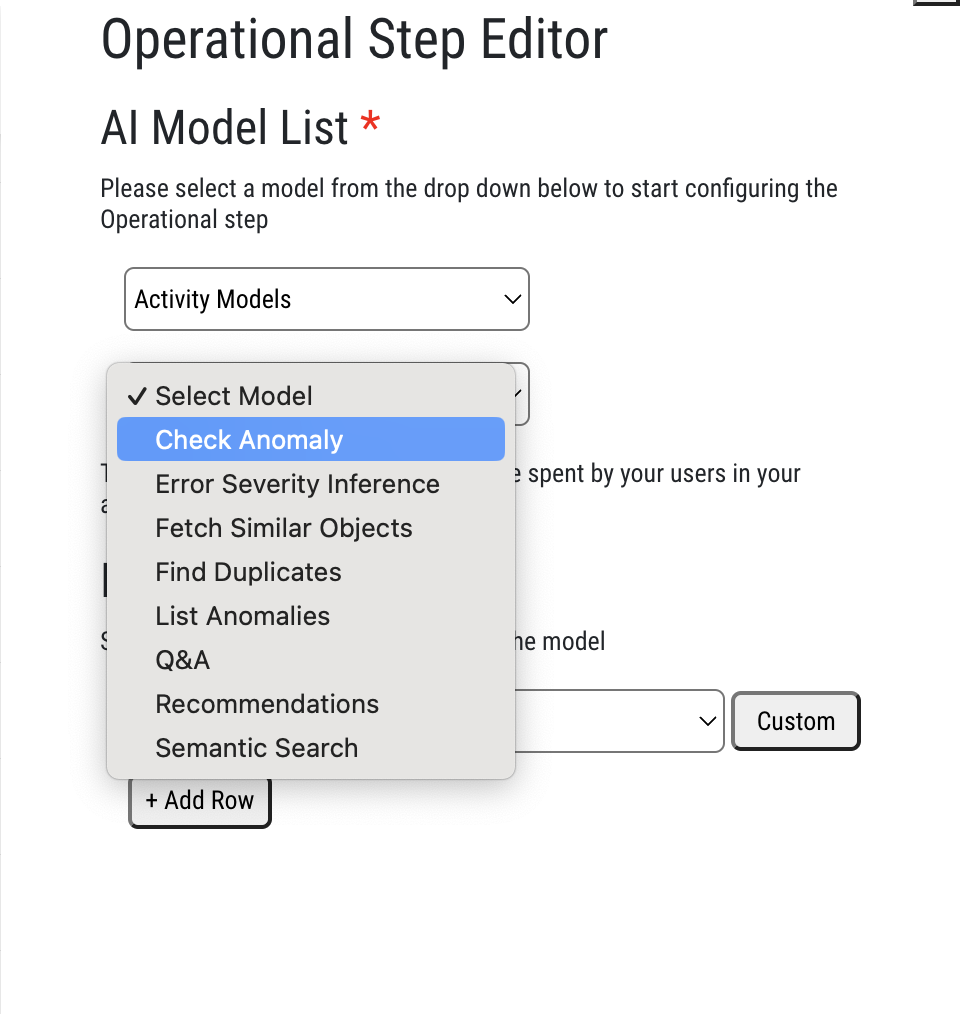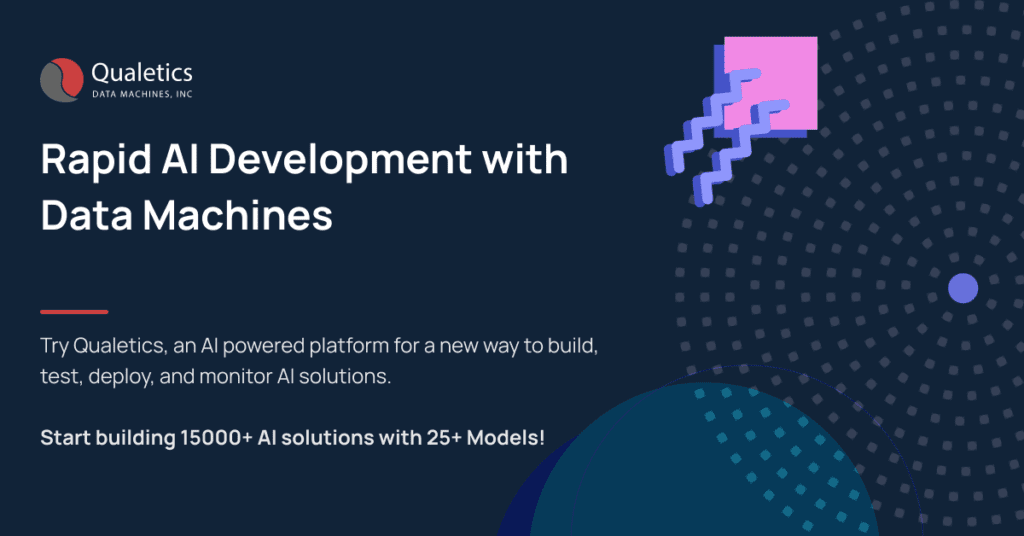Building Self-Learning AI solutions with Data Machines
In a previous post, we talked about how powerful Data Machines can be.
While many models in the library are self-sufficient in providing a response based on the input, some models can benefit from fine-tuning or a continuous injection of data. These models are listed under the Activity models category as they depend on a continuous activity of data.
The Qualetics platform provides the built in capability to ingest, store and analyze data. This can be done using the Qualetics SDK or by using a no-code integration using Zapier.

Self Learning AI Models from the Qualetics Library
As long as the Object data being streamed is tagged with the appropriate attributes as described in this article, the models listed below will be ready to provide the inferences. The fine tuning needed for the models will be automatically made available after the data is ingested.
- Semantic Search
- This model understands the intent and context of a query then delivers results based on your data without relying on keyword matching.
- Intelligent Question & Answering (Chatbot)
- An extension of Semantic Search, this model operates as a conversational agent responding to queries in the context of previous questions and answers posed in the same session, with training based on your data.
- Exception Severity Detection
- Detects the severity of exceptions (Major/Minor/Critical exceptions) based on the sequence of events, usage and user activity.
- Anomaly Detection
- This model identifies anomalies occurring when transmitted as a series of events. The anomaly detection can be enabled on specific parameters with user defined thresholds.
- Deduplication
- This model identifies duplicate information from a master dataset. The analyzed result includes the master data and input data strings that are matched along with a confidence score for the match.
- Churn Prediction
- This model analyzes the patterns of user engagement and product usage to predict the likelihood of churn based on the user behavior within an app.
- Recommendation Engine
- Based on the user activity, this model can predict recommended content or products for users.
With these self-learning models, developers have a readily available library of AI solutions that can be embedded into their apps without the traditional overhead needed to build, train and deploy AI models. Developers can build a Data Machine, using any of the models available above, publish it to produce the API endpoint then integrate it into any app that supports Rest API.
All published Data Machines also provide the ability to monitor the usage in real time and also in the form of processed insights available through the Qualetics platform.
In later posts, we will delve into other capabilities of Data Machines such as Memory and Interoperability.
To learn more and get started with building your own Data Machines, Sign Up for a free trial here.
If you belong to a Software development firm that is looking to build powerful AI solutions for its customers, we are looking to partner with you. Please reach out to us.

